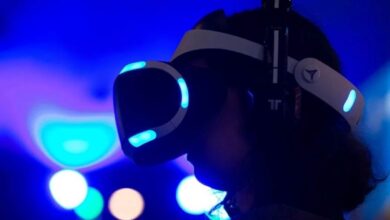Everything you need to know about your baby’s head
Listen this article
At birth, your baby's skull is made up of six bones that are joined together thanks to elastic, fibrous and strong tissues that gradually weld the bones

It is logical that at birth the bones of your baby are not soldiers, because his head and brain have to grow. Your baby's little head has soft spots, known as fontanelles, which fulfill a fundamental role.
According to the Diary babies and more, in addition to allowing the head to grow without problems, thanks to the fontanelles the head can be compressed at the time of birth, passing through the birth canal without damaging the brain.
Leer en español: Todo lo que debes saber de la cabecita de tu bebé
The fontanelle that parents notice the most is the one found on the top and front of the skull, popularly known as "soft stop". It closes itself between 7 and 19 months of age and is the one that requires the most care.
Often, parents worry a lot if the baby hits on that area of the head, but what they do not know is that the membrane covering the head is extremely hard and difficult to penetrate.
What it is true, according to the newspaper, Parents and children, is that the hair reflects indirectly the intracranial pressure and the state of hydration of the baby. For example, if a baby has vomiting or diarrhea, he can lose fluids and become dehydrated and that is why the baby's soft spot can fall or sink.
You may also be interested: How can I sleep comfortably during pregnancy?
There are also myths around this area: the most common is that when you "blow" the baby's head, he will not be deprived during crying, which is false and does not help at all.
Another myth is to massage the head so that it does not bulge or close, which does not work or is recommended because it can cause the fontanelle to close prematurely.
According to Baby Center, babies have more spaces like this in the back of the skull and on the sides of the head. The one on the back is usually closed between the first and third month after birth, while the spaces on the sides, located at the height of the temple, close around 6 months after delivery.
The only way to know if the fontanelles are closing properly and correctly is by measuring the brain volume or by means of radiographs and tomographies of the skull. An abnormally large or small size of the fontanelle may be the reflection of a disease, as well as a very early or very late closure, so in case of any doubt or doubt, the pediatrician should be consulted immediately.
LatinAmerican Post | Luisa Báez
Translated from " Todo lo que debes saber de la cabecita de tu bebé"





